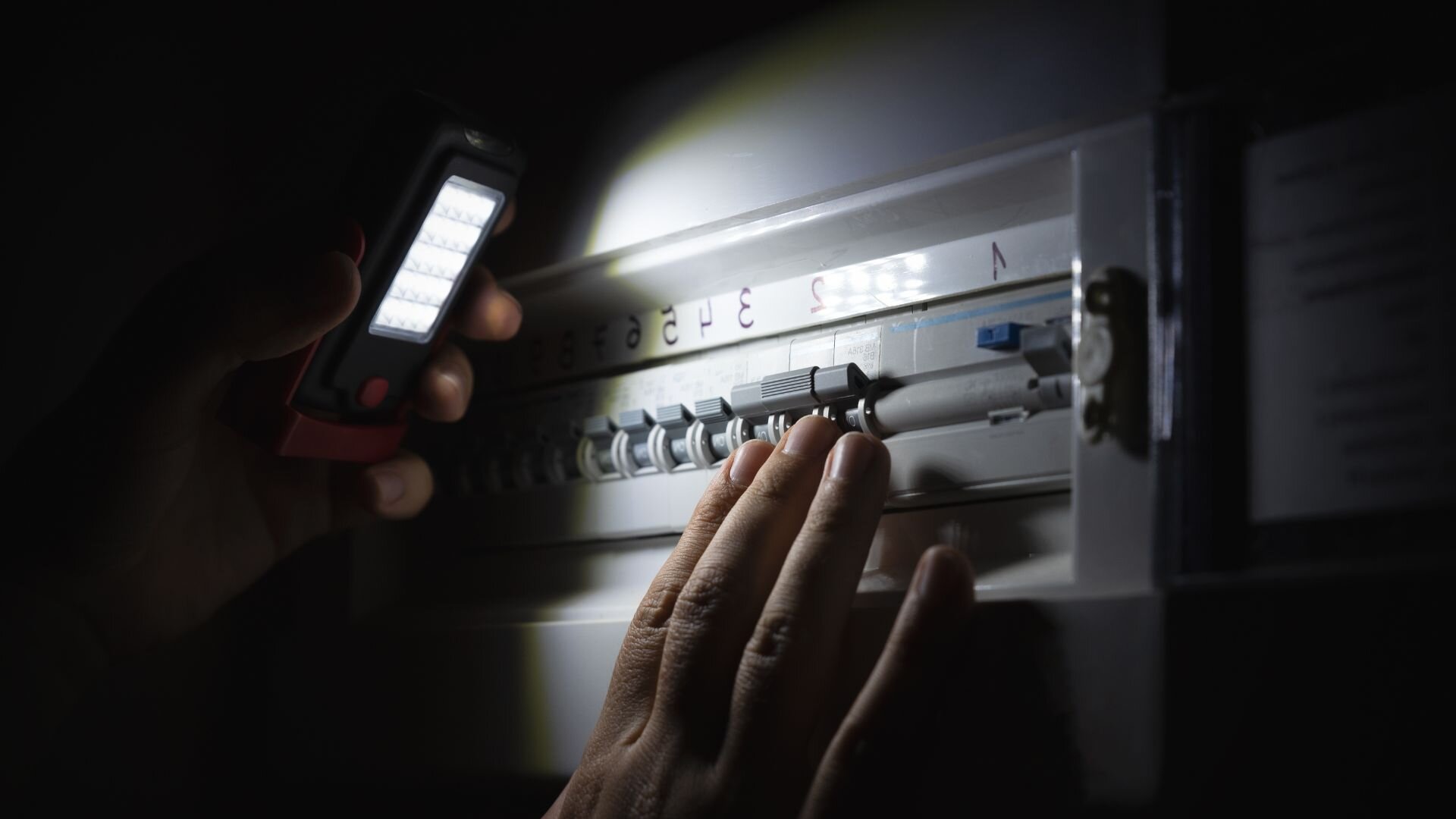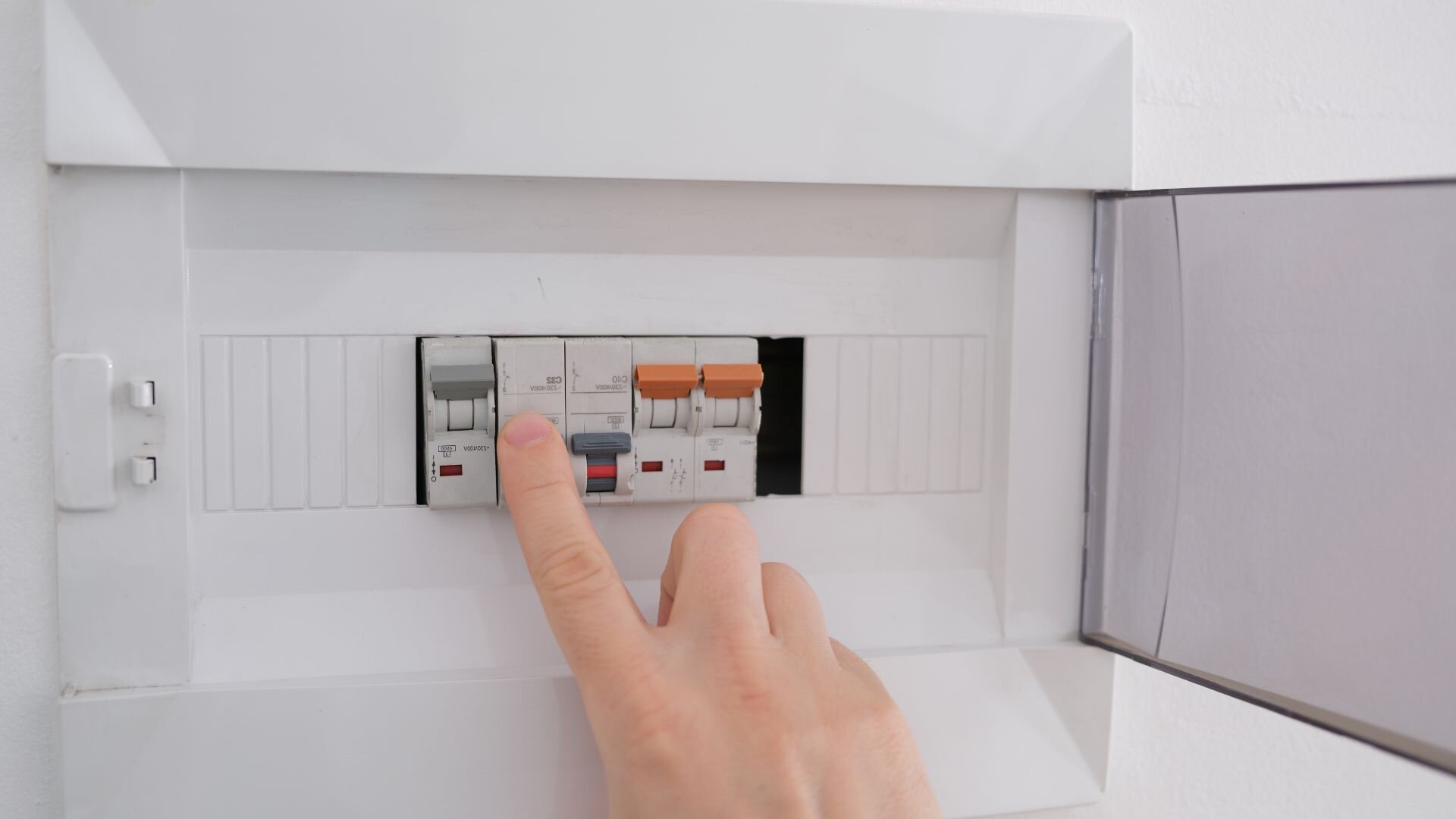At Enersol, our emergency electrical services quickly diagnose and fix power trip issues across the Gold Coast. Recent studies show that electrical faults, including frequent power trips, are among the most common issues households across Australia face. These interruptions can be frustrating, especially when they disrupt daily routines or damage appliances. Have you ever wondered why your power keeps tripping unexpectedly or what it means for your home’s safety?
Understanding why power trips happen is crucial for keeping your home safe and running smoothly. These interruptions often point to underlying electrical issues that need attention. Ignoring them could lead to serious risks. Besides safety, they can also impact how efficiently you use energy and how reliable your electrical system is.
We will explore the leading causes behind frequent power trips and provide practical solutions to address them effectively. Learn more about electrical emergency response safety tips. Understanding and resolving these issues can help ensure your home remains safe, functional, and free from sudden electrical disruptions.
Understanding Power Trips: What Happens and Why It Matters
A power trip happens when your electrical system shuts down a circuit to prevent potential dangers like fires or electric shocks. This usually occurs when there’s an issue, such as an overload or a short circuit. Although it’s a protective action, frequent power trips could mean there are bigger problems lurking in your electrical setup.
Safety switches and circuit breakers are essential components designed to protect your home. Circuit breakers monitor the flow of electricity and stop it if the current exceeds safe levels. On the other hand, safety switches focus on detecting leaks in electrical currents, shutting the circuit off if they sense danger to people. Together, they provide a critical safeguard against electrical hazards.
Frequent power trips often signal underlying problems, such as faulty wiring, ageing systems, or damaged appliances, which may go unnoticed. Ignoring these issues can pose serious risks, including electrical fires or harm to household members. Appliances and other electronics may also sustain damage from repeated interruptions. Addressing frequent power trips promptly is vital for maintaining a safe and functional home. Ensuring your electrical system is in good condition can help prevent larger, more costly problems and protect your household from potential dangers.
Common Causes of Frequent Power Trips
Often, frequent power trips stem from particular problems within the electrical system. Figuring out these common causes is the first step toward fixing the issue properly.

Overloaded Circuits
Plugging too many devices into a single circuit can overwhelm it, causing the breaker to trip. This is common in kitchens where multiple high-energy appliances such as microwaves, toasters, and kettles are used simultaneously. Entertainment systems with TVs, game consoles, and sound systems can also overload circuits, especially in older homes with limited capacity.
Faulty Appliances
Damaged or malfunctioning appliances can disrupt the electrical flow, leading to power trips. Faults in internal wiring or wear and tear can create inconsistencies in power usage, which the system detects as unsafe. Common culprits include old refrigerators, washing machines, and heaters.
Short Circuits
A short circuit happens when an electrical current takes an unintended path, often due to faulty wiring or exposed components. This creates a surge of electricity, causing the breaker to trip. Signs of a short circuit include scorch marks on outlets or a burning smell, which should be addressed immediately by a qualified electrician.
Ground Faults
Ground faults occur when electrical current escapes its intended path and flows into the ground. This can happen when moisture comes into contact with electrical components, such as in outdoor outlets or bathrooms. Safety switches are designed to detect these faults and shut down the circuit to prevent harm.
Ageing Electrical Systems
Older electrical systems often struggle under the pressure of today’s appliances and tech. With worn-out wiring and outdated circuit breakers, they might trip more often. Updating your system can ensure it meets current energy demands and works more reliably.
Steps to Identify the Root Cause
Getting to the bottom of what causes frequent power trips is key to solving them properly. Here’s how you can safely and accurately identify the issue.
Check Which Circuit Is Tripping
- Locate your switchboard and identify the tripped circuit breaker or safety switch.
- Note which part of the house or appliances are connected to that specific circuit.
Test Appliances Individually
- Disconnect all appliances connected to the affected circuit.
- Reconnect each appliance individually and monitor if the breaker trips again.
- If the power trips when a specific appliance is plugged in, it may be faulty.
Look for Visible Signs of Damage
- Inspect outlets, power cords, and visible wiring for scorch marks, frayed edges, or exposed wires.
- Pay attention to any unusual smells, such as burning, near electrical points.
Consider Increased Energy Usage
- Reflect on recent changes in your household energy demand.
- High-consumption appliances or new additions to the home may be overloading the system.
Prioritise Safety During Inspections
- Always switch off power at the main switchboard before carrying out inspections.
- Avoid handling damaged wiring or attempting repairs without professional assistance.
- Taking a systematic approach ensures the issue is identified while maintaining your home’s and its occupants’ safety.
Practical Solutions to Fix Frequent Power Trips
Practical solutions can help resolve frequent power trips and restore your electrical system to working correctly. Here are some practical steps:

Reduce Circuit Load
Distribute appliances across multiple circuits to prevent overloading. For instance, avoid plugging all high-energy devices into the same outlet, such as microwaves, kettles, and toasters. Spread them across different rooms or use circuits designed for heavy loads. Unplug devices when not in use to reduce unnecessary strain on the system. Power boards with built-in safety switches can also help manage energy distribution more effectively.
Repair or Replace Faulty Appliances
Identify appliances causing issues by testing them individually. If a particular device trips the circuit repeatedly, it may need repairs or replacement. Consult an authorised service agent for repair work or consider replacing older appliances that frequently malfunction. Regular maintenance and inspections can also prevent future faults.
Fix Wiring and Short Circuits
Engage a licensed electrician to address damaged wiring or short circuits. Professionals can safely inspect and repair exposed wires, faulty connections, or worn-out components. Attempting to fix wiring without proper expertise can be dangerous and may worsen the issue. Keep your electrical system safe by ensuring all repairs are handled professionally.
Upgrade Electrical Systems
An outdated electrical setup may find it tough to cope with today’s energy demands. By upgrading to a system with more capacity and better safety features, you’ll find a lasting solution. This way, your home stays prepared for both current and future energy needs, all while staying safe and reliable.
Preventing Power Trips in the Future
Preventing power trips involves proactive care and regular maintenance. These tips can help avoid common issues and maintain a safe electrical system.
Inspect Appliances and Outlets
- Check cords, plugs, and outlets for signs of wear, such as fraying, burns, or exposed wires.
- Replace or repair damaged appliances and components immediately.
- Ensure all plugs fit securely into outlets to avoid loose connections.
Avoid Overloading Circuits
- Limit the number of devices plugged into a single power board or outlet.
- Use power boards with in-built surge protection for better safety.
- Spread high-energy appliances across different circuits, particularly in kitchens and living rooms.
Schedule Professional Inspections
- Arrange routine checks with a licensed electrician to assess your system’s condition.
- Ensure wiring and safety switches are functioning correctly and meet current standards.
- Address minor issues early to prevent costly repairs later.
- Preventative measures ensure safety and reduce the risk of unexpected breakdowns, saving money on repairs and replacement costs over time.
Keep Your Home Powered and Safe
Keeping your home powered and safe requires professional expertise for complex electrical issues. Licensed electricians are trained to perform thorough inspections, identify hidden faults, and ensure your system complies with safety standards. Acting promptly can prevent accidents, protect your property, and avoid costly damage.
Enersol Electrical specialises in fault detection and repair services, offering tailored solutions to meet individual needs. Their team of licensed professionals is equipped to handle everything from minor fixes to major system upgrades. Whether resolving frequent power trips or upgrading outdated systems, Enersol Electrical prioritises safety and efficiency.
Don’t wait for minor issues to escalate. Contact Enersol Electrical today for expert advice and reliable service, ensuring your electrical system operates smoothly and safely.